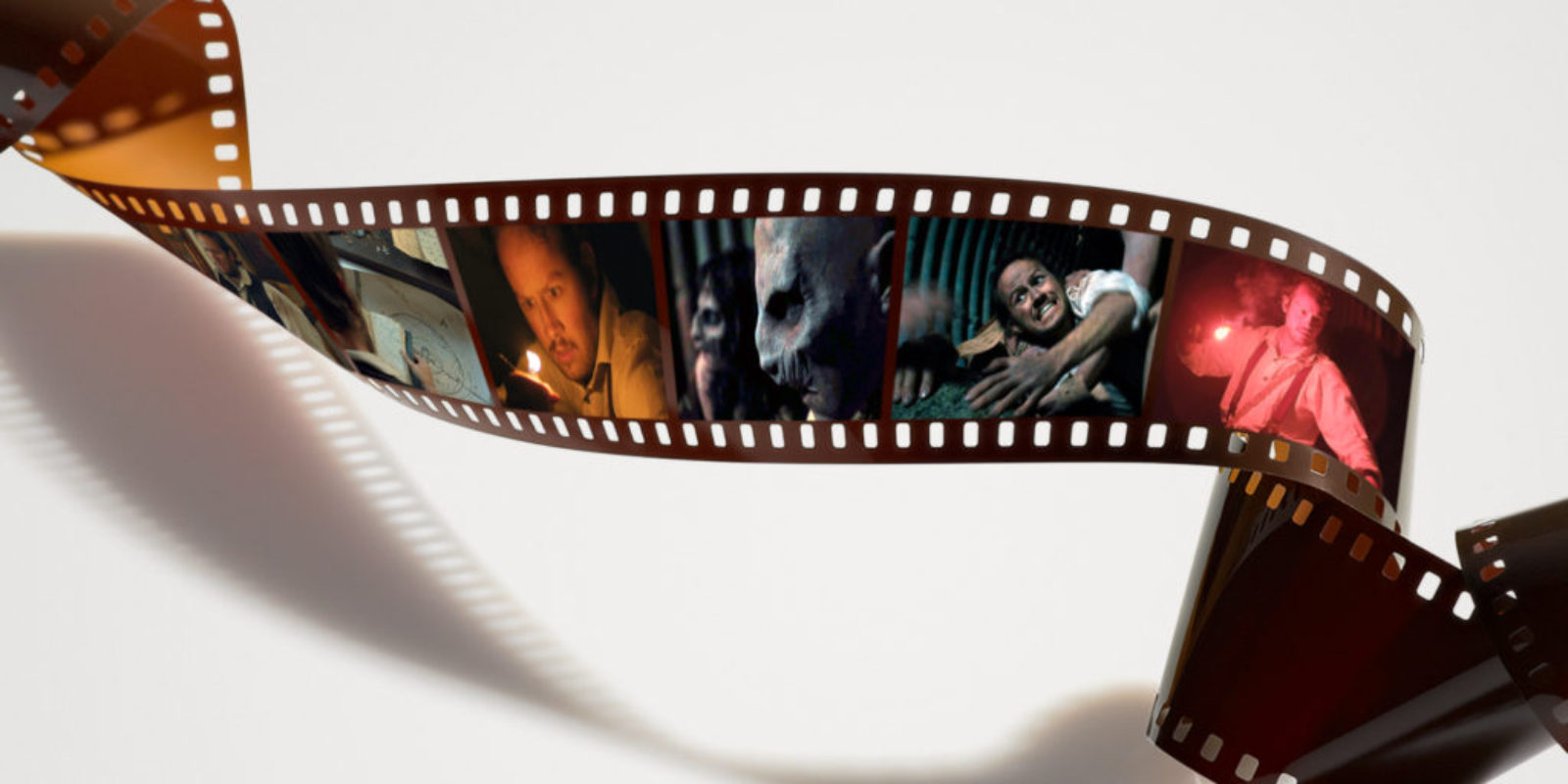When Blooming Studios asked me to create the costumes for their upcoming video short based on H.G. Wells’s classic novel, The Time Machine, I couldn’t wait to get started. I’ve been involved in a variety of video projects, but this was an opportunity to create a whole world through costume design.
Primarily set during the Time Traveler’s exploration of the Morlock tunnels, this short film would need to convey an entire history and culture without much in the way of dialogue. That meant the costumes had to tell the backstory of a fallen Earth on their own.
To tell that story, I spent dozens of hours reading The Time Machine, researching materials and fabrics, and envisioning how the Morlocks and Eloi (the two main races in Wells’s novel) lived in their split world. Then, after a number of in-depth conversations with the director, Ebirahim Ghaeni, I began to build the costumes themselves.
The Time Traveler
For the Time Traveler himself, I researched early 19th-century clothing styles and put together a costume that reflected the trends and social class that the Traveler would have been a part of. Then, I destroyed it.
In the script, the Time Traveler had either just returned from his harrowing adventure or he had been in the midst of it for some time. Since this trip was relatively unplanned in Wells’s novel, I designed the costume to reflect that. The Traveler was wearing conventional 19th-century middle-class clothing that clearly showed the wear and tear of an unexpected adventure.
When it comes to costuming, I believe in what I call “method aging”, so I spent a significant amount of time wearing the costume while I simulated activities that the Traveler would have been involved in: crawling through dirt, climbing rocky slopes, tripping, falling and much more. In fact, at one point, I had a friend of mine drag me through the mud by my feet to replicate the kind of stains that the Traveler’s clothes would get from being dragged by the Morlocks.
The Morlocks
After numerous discussions with Blooming Studios, we decided that the Morlocks—devolved, animalistic cannibals—would probably have developed a primitive tribal culture after millennia in subterranean isolation. In a primitive way, they considered the Eloi—their above-ground counterparts—much like humans view livestock. They cared for the Eloi, but only because they were a source of food and materials.
With that in mind, I created costumes for the Morlocks that heavily relied on the only resources they had left: the Eloi and waste material from their subterranean domain.
I took thin calf hide and painstakingly aged it to reflect the Morlocks’ dirty underground life. I ground mud, dirt and oil into the hide, focusing on the areas that would be most likely to rub and scrape against the ground and walls of their home.
You can see the hide in its three different stages of aging (stage 1: left, stage 2: middle, stage 3: right) below:
Once the leather was torn and aged, I fixed it together using bolts, washers, chains, and anything other hardware that the Morlocks could have salvaged from their underground machines.
Since the Morlocks were effectively bred to manage the machines that ran the world above them, I figured that these machines would take on almost religious levels of importance for the Morlocks. With that in mind, I used additional pieces of hardware to fashion jewelry and decorations for the Morlock actors to wear.
After spending so much time getting into the Morlocks’ heads and developing their culture, I came up with a lot of behaviors and mannerisms for the creatures. I showed these to Blooming Studios and they liked them so much that they asked me to play one of the Morlocks and help develop the movement style for the monsters.
Here I am in full makeup and costume:
When put together, the Morlock costumes lent their actors a natural intensity and savagery that helped sell their actions on camera.
This certainly wasn’t one of my most attractive moments on camera, but it was one definitely one of the most fun roles I’ve had the opportunity to play.
Weena
Finally, the script called for flashbacks to the Eloi girl—Weena—that the Traveler befriends while he is trapped in the future. To create Weena’s costume, I drew heavily on Wells’s description of the Eloi, their clothing and indolent culture.
In many ways, Wells’s account of the Eloi is reminiscent of the final days of Rome, so I used the clothing from that time period as a reference to create Weena’s look.
Using layers of cloth, I created a toga-like, loose-fitting dress in playful colors. Weena didn’t get a lot of screen time, so we wanted viewers to sense her childlike personality from her clothing.
Overall, this was an incredibly fun project to be a part of. It was great to be involved in the creative process on so many levels, from initial concept and world-building, to costume design and ultimately acting in the actual film. The film itself is due to release soon and I’ll update this project with a link to the video once it’s finished going through the film festival circuit.






